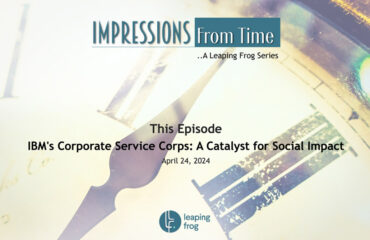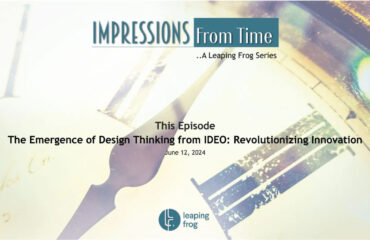
In the late 1970s, music consumption was primarily a communal experience, enjoyed through home stereo systems or portable radios. However, in 1979, Sony revolutionized this scenario with the introduction of the Walkman, a portable cassette player that transformed how people listened to music. This innovation not only redefined personal entertainment but also became a cultural icon, illustrating how understanding consumer behavior and creating portable, user-friendly products can revolutionize an industry.
The Story
The story of the Sony Walkman begins with Akio Morita, the co-founder of Sony, and his desire to listen to music during his frequent travels. At that time, portable music options were limited and cumbersome. Morita envisioned a device that was small, lightweight, and capable of providing high-quality sound without disturbing others.
In 1978, Masaru Ibuka, another co-founder of Sony, approached the company’s audio division with a challenge. He wanted a portable version of the popular Sony TC-D5 cassette recorder that he could use to listen to opera music during his long flights. The task was assigned to Sony engineer Nobutoshi Kihara, who, after a period of experimentation, came up with a prototype that would soon become the Walkman.
On July 1, 1979, Sony launched the TPS-L2 Walkman in Japan. The device was unlike anything in the market. It was compact, battery-operated, and came with lightweight headphones. Sony’s marketing team initially faced skepticism; they doubted whether people would buy a device that required them to carry and use headphones in public. However, Morita insisted on the Walkman’s potential, believing that once people experienced the convenience and quality of personal music, they would be hooked.
The marketing strategy for the Walkman was innovative. Sony employees walked around Tokyo using the device, allowing curious passersby to try it. The campaign emphasized the idea of a “private listening experience,” a concept that quickly caught on. The Walkman’s blue-and-silver design, coupled with the novelty of private music on the go, made it an instant hit.
Cultural Impact
The Walkman did more than just provide a new way to listen to music; it changed the cultural landscape. For the first time, people could take their music with them anywhere, creating personal soundtracks for their lives. This newfound portability had a profound effect on daily activities. Commuters, joggers, and travelers adopted the Walkman, integrating music into aspects of life that had previously been silent or filled with ambient noise.
The Walkman also significantly impacted fashion and youth culture. It became a symbol of independence and modernity, particularly among teenagers and young adults. The sight of the orange foam headphones became iconic, and the device was frequently featured in movies, television shows, and music videos, further cementing its status as a cultural phenomenon.
Sony continued to innovate and expand the Walkman line throughout the 1980s and 1990s. New models featured improved sound quality, sleeker designs, and additional functionalities like radio tuners and CD playback. The brand adapted to the digital age with the introduction of MiniDisc Walkmans and eventually digital music players.
Despite the rise of digital music and the advent of smartphones, which ultimately diminished the need for dedicated portable music devices, the Walkman’s legacy endures. It paved the way for subsequent innovations in personal entertainment, influencing the development of MP3 players and other portable media devices.
Lessons Learned
The Walkman story highlights the importance of understanding and anticipating consumer needs. Sony recognized a desire for personal, portable music experiences and met that need with a product that was both practical and stylish. The Walkman’s success also illustrates the value of bold leadership and vision. Despite initial skepticism, Sony’s leadership believed in the product’s potential and pursued an aggressive marketing strategy that paid off. And finally, the Walkman demonstrates the profound impact that technological innovation can have on culture. By transforming the way people interacted with music, the Walkman not only created a new market but also reshaped social behaviors and cultural norms.
……………………………………………………………………………………………………………………………………
“Impressions From Time” is a curated series from Leaping Frog about stories from the past that have helped shape modern-day practices in the people and organisation domain.
Leaping Frog, a new-age consulting firm, is an enabler and co-creator in enhancing people and organisational effectiveness. We love doing work in the areas of “Driving Organisational Change and Development”, “HR Systems and Talent Strategy”, and “Leadership and Life Coaching”.
Connect and share, for work and more.
Mail: comm@leapingfrog.in
Website: www.leapingfrog.in
Follow Us: https://lnkd.in/d7TQbsia




